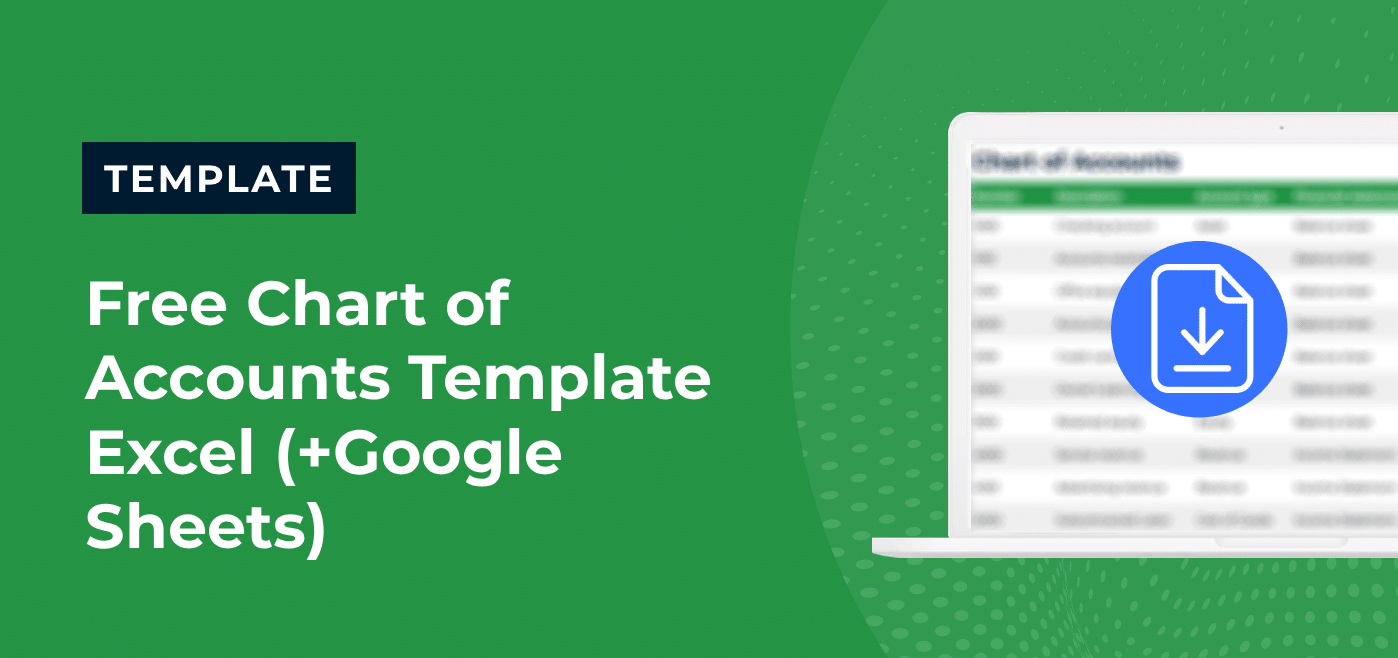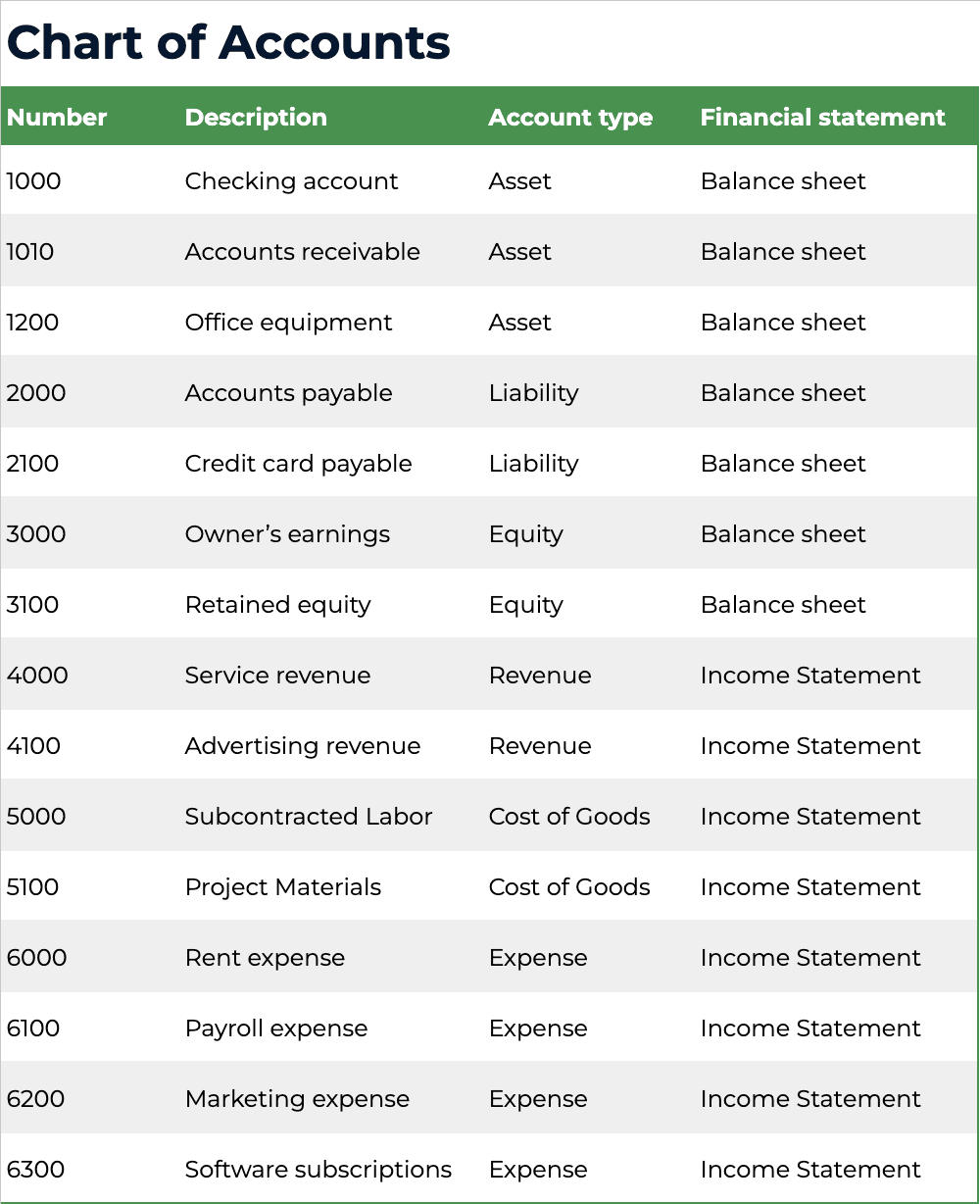A chart of accounts (COA) is the backbone of any accounting system. It provides a clear structure for recording transactions and ensures your clients’ financial statements are accurate and easy to understand.
But building a chart of accounts from scratch can be time-consuming and confusing—especially if you’re setting it up for multiple clients.
That’s why we created a free chart of accounts template in Excel to help you set up and customize a professional COA quickly and easily.
Why You Need a Chart of Accounts Template
A properly organized chart of accounts helps you:
-
Classify financial transactions consistently
-
Prepare accurate financial statements
-
Improve reporting and decision-making
-
Save time during bookkeeping and reconciliations
-
Ensure compliance with accounting standards
Instead of starting from a blank spreadsheet, our template gives you a structured foundation that you can customize to each client’s needs
How Our COA Template Will Help Your Firm
This free Excel template is designed to simplify the process of building and managing a chart of accounts. With it, you can:
-
Access a pre-built list of common account categories
-
Add, edit, or remove accounts based on client needs
-
Use a consistent format across multiple clients
-
Ensure all income, expense, asset, liability, and equity accounts are captured correctly
-
Reduce errors and speed up onboarding for new clients
What You’ll Find in the Template
Our ready-to-use chart of accounts template includes:
-
Pre-filled account categories (Assets, Liabilities, Equity, Revenue, Expenses)
-
Subcategories for common accounts (e.g., Cash, Accounts Payable, Salaries, Rent)
-
Account numbering system for easy reference
-
Columns for account names, codes, and descriptions
-
Fully customizable fields to tailor for each client’s industry or size
Available in Excel and Google Sheets for maximum flexibility.
How to Use the Template
-
Download the chart of accounts template in Excel or Google Sheets
-
Review the pre-filled categories included in the template
-
Customize the account codes and names based on your client’s business model
-
Add industry-specific accounts (e.g., trust accounts for law firms, inventory accounts for retail)
-
Share the finalized chart of accounts with your client or import into your accounting software
-
Update periodically to reflect changes in the business
This template saves you hours of setup time and ensures consistency across your clients.
You may also be interested in:






